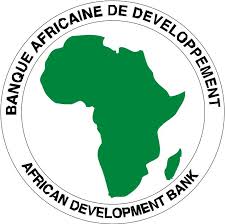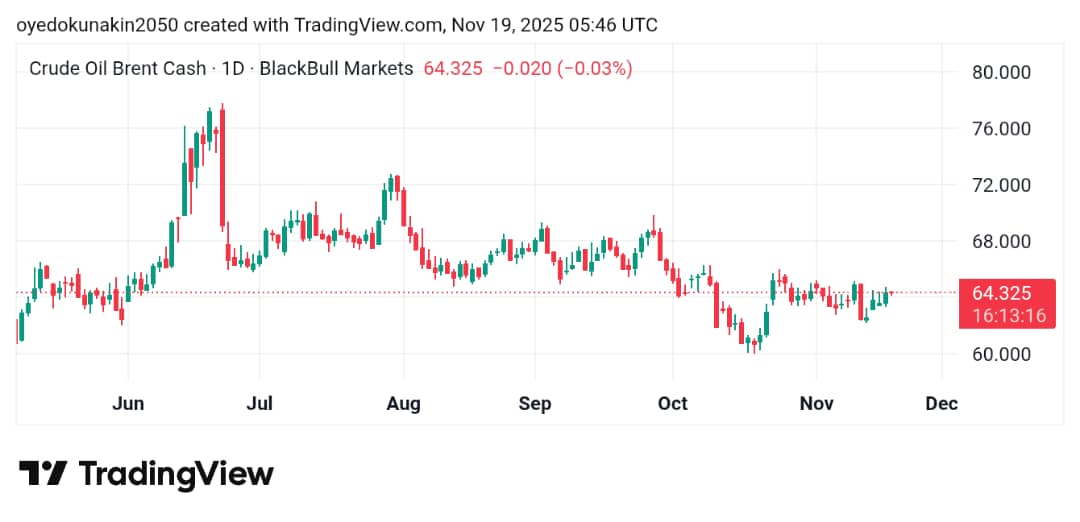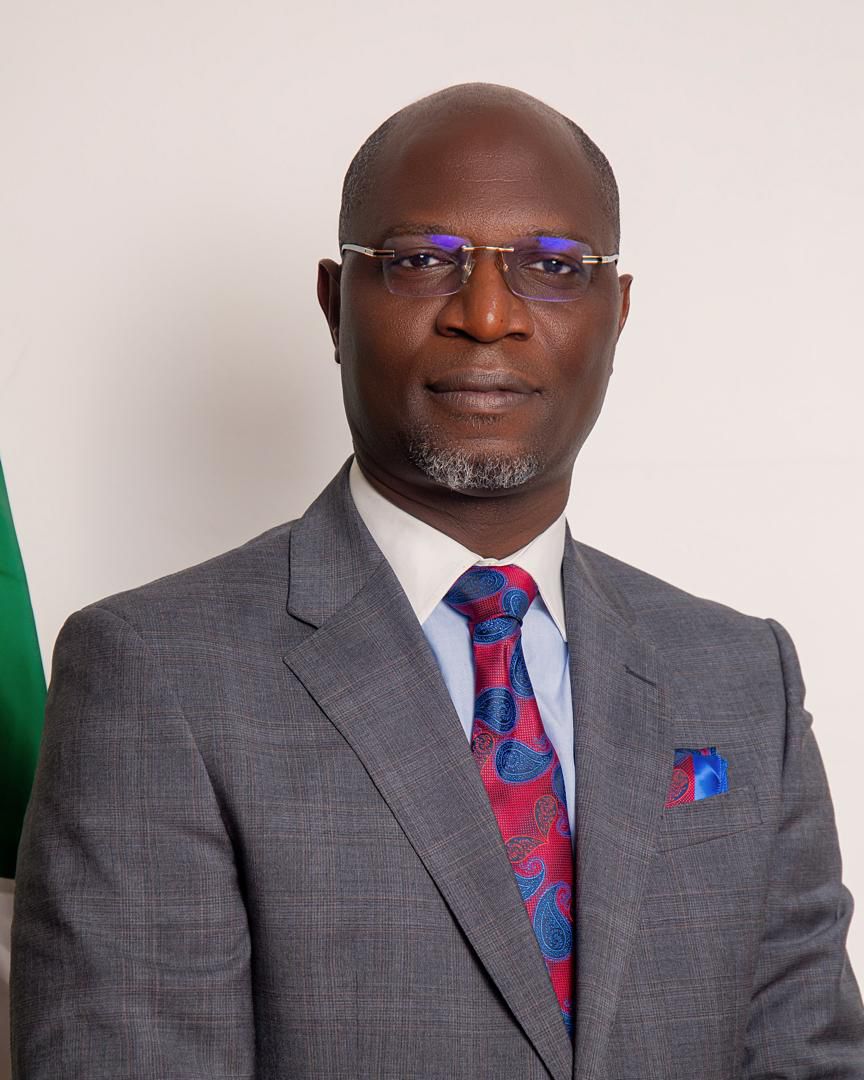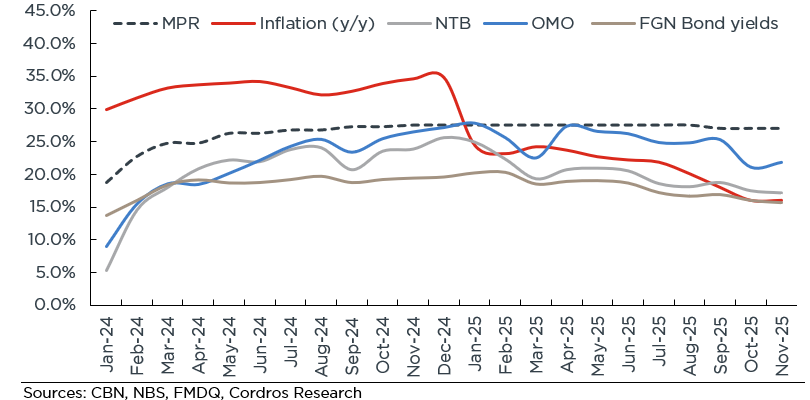
At a time when the World Bank Group recently raised the alarm over the huge debt burden, leading to mounting fear of sustainability among African countries, the African Development Bank (AfDB), on Thursday said it has created a tool that helps to diagnose fragility in countries across the continent, considering their capacities and pressures they may be under.
The World Bank noted the high ratio of sovereign debt as a share of tax revenue which surpassed 40% in Ghana last year, for example, just as it is estimated at over 25% in Nigeria and Zambia. Such, noted the World Bank report, could lead to debt service difficulties in such countries.
The new AfDB tool tagged Country Resilience and Fragility Assessment (CRFA), the bank said in a statement uses seven key criteria: political inclusiveness, safety and security, justice, the economy, social cohesion, the regional contagion effect, and climate change.
The statement quoted Sibry Tapsoba, Director of the Transition States Coordination Office (RDTS), as explaining that “the creation of the CRFA represents a significant advance in the assessment of fragility, which is a reality that it is not always easy to pin down or discern. By introducing, for the first time, the concepts of ‘capacities’ and ‘pressures’, this new tool brings much more rigour and effectiveness to the assessment of resilience and fragility, especially since it takes greater account of the national context.”
The CRFA was approved by the AfDB board on September11, after being subjected to a range of checks for reliability and effectiveness, conducted under the supervision of the Transition States Coordination Office, with support from the bank’s statistics and resource mobilization departments.
In addition to assessing resilience and fragility, the new tool is also be useful for advocacy and communication and improving and strengthening dialogue between the Bank and its regional members. It should also help to anticipate crises, thanks to an early warning system.
“What we have here is an assessment tool of unquestionable rigour. It is easy to use, it is reliable and it is accessible to all. It brings an undeniable added value to existing techniques for the assessment of resilience and fragility,” said Riadh Ben Messaoud, from AfDB’s Resource Mobilization Department.
The new fragility and resilience assessment tool, the statement added, is an important contribution to research efforts for greater effectiveness in the bank’s work, providing better insight into every dimension of fragility. This includes the less obvious, making it possible to offer the most appropriate responses in terms of building a country’s capacity and resilience.













